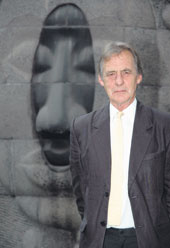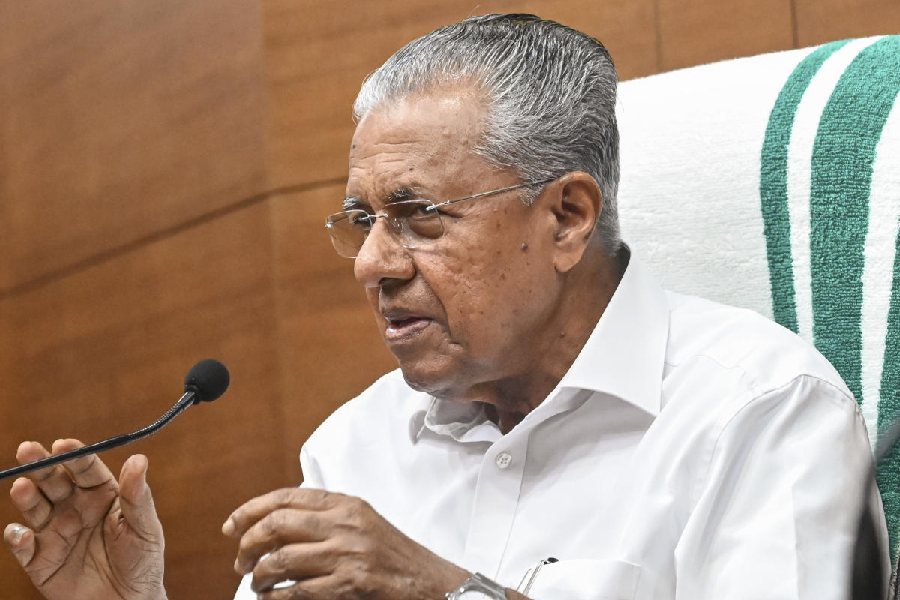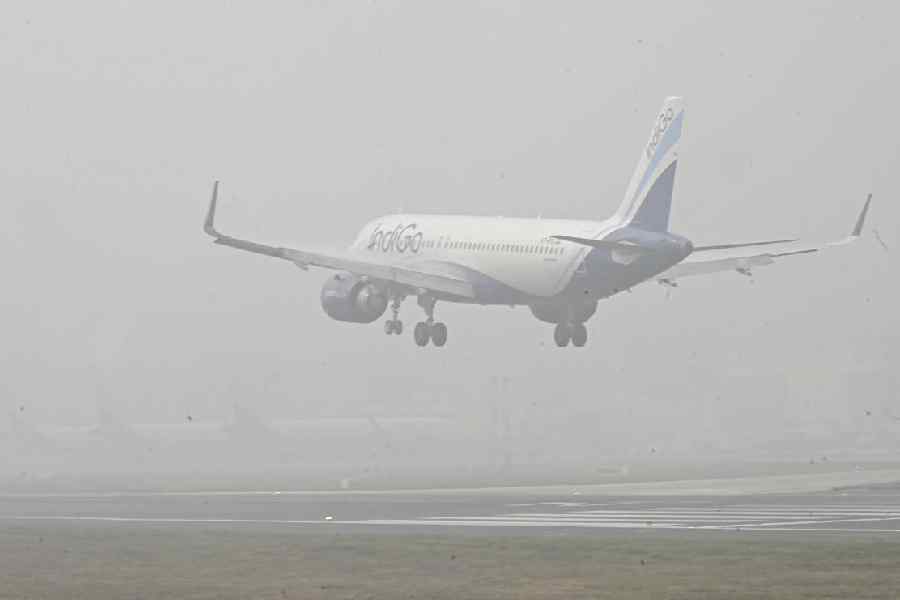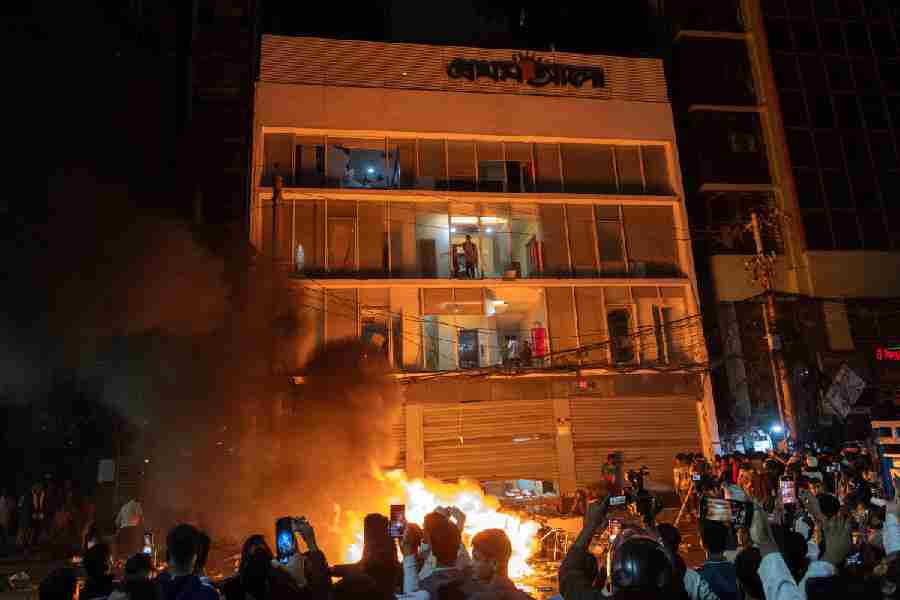 |
It started as a trout-fishing holiday in the Kashmir Valley and turned into a 40-year love affair that hasn’t ended yet. Over the last three decades John Keay has travelled to India countless times and turned out six weighty volumes covering thousands of years of Indian history. And his latest tome, The Spice Route, is about the meeting of east and west and the profit-hungry merchants who made the dangerous journeys to new worlds. All this from a man who studied world history at Oxford University, but found it boring.
This Scottish historian has written some 20 books ? and the ones on India are considered the best. He’s a journalist-turned-writer, broadcaster and above all an Indophile who was recently on a 12-city India lecture tour to launch The Spice Route. India is where it all began and Keay has never forgotten that. “From the first time that I arrived in India it seemed like a second home and it was here that I began my career as a writer,” he reminiscences.
Keay hasn’t confined himself to any one period in Indian history. His India Discovered: The Recovery of a Lost Civilisation, deals with ancient India all the way from the Indus Valley civilisation. Another volume, The Honourable Company: A History of the English East India Company deals with more recent events in the country’s past. At another level, there’s The Great Arc: The Dramatic Tale of How India Was Mapped and Everest Was Named that revolves around British surveyor and geographer William Lambton’s great trigonometric survey of India which measured the country from its southern tip to the Himalayan peak. Says Keay, “It was an amazing scientific feat and I felt hooked to the subject.”
Contrary to common perception, Keay is not obsessed by the Raj period. “I’m more interested in the period before the Raj ? that of the East India Company,” he explains. India Discovered, that was published in the early 1980s, is his only book with a Raj veneer.
Keay’s newest canvas is just as huge as his earlier books ? chronologically and geographically. He compresses the 2,000-year history of The Spice Route, tracing it to the times when the Portuguese, the Dutch and English exploited it and tried to control it to their own advantage. “It’s history, but more geography,” he says.
Despite his other highly praised works including the histories of the Middle East and Far East, Keay has found India’s history to be the most invigorating. “The ground has not been heavily worked by hundreds of other historians,” he explains. Since documentary sources before the Muslim period are inadequate, he says that the historian has to extend his field to many more disciplines to understand India’s ancient past. A historian must go beyond musty libraries and play numismatist, study inscriptions, philology, languages and anthropology.
What brought him to India in the first place? Unlike many other Englishmen, he’s an Indophile without any family connections to the sub-continent. Nevertheless, it was love at first trip and he even came to India to get married (in Kullu). His first trip to India was in 1966 when he headed to Kashmir. A two-week holiday metamorphosed into a lifelong affair and he returned the next year and settled there for six months ? to write. He says, “India gave me the opportunity to write. What’s more, I could afford to live in Kashmir on the meagre earnings of a start-up writer.”
He began his career as a political journalist, writing for The Economist. This proved to be the turning point in his life and he returned to India several times to cover wars and elections for the magazine. He widened his ambit and started contributing to the BBC. He gave up print journalism in 1971 to write Into India. “This was an introduction to India, from the point of view of a journalist, rather than a writer,” he recalls.
There was no looking back after this. Focusing on journalism, he had all but forgotten about his moorings in history. India was to clear those cobwebs and he was fascinated by the architectural heritage and the archaeology, the temples and palaces and the country’s rich past. His books came quick and furiously. In the ‘80s he combined research with broadcasting and did several radio documentary series for the BBC and BBC 3 (then called Third Programme). Since some of these series had an India focus he returned frequently. And from the ‘80s to 2001, he has routinely churned out books on India.
 |
| John Keay with writer-wife Julia |
In the ‘90s, Keay even played tour guide to India by hooking up with an upmarket tour company in Britain and playing lecturer-on-board. “Those were strictly working visits ? as I got paid for the jaunts ? but I did get to see the country as a tourist,” he recalls.
If he was married in India, he now plans to retire here. His writer-wife, Julia, and he have a shared passion for India and of their four children, one of his daughters works closely with the film industry in Mumbai.
As he sets The Spice Route on its way, he has other books up his sleeve. Next on the anvil is a treatise on the 20th century history of South Asia, quite on the lines of the 20th century histories that he has penned on the Middle East and the Far East. “I now plan to complete the trilogy,” he says. But before that, he will busy himself writing on the history of China.
So do Indians have a sense of history? Yes, is his reply, even though it is a history that is not very chronologically documented. He says, “This is one country where you can study the past through the present.”
Photographs by Rupinder Sharma










